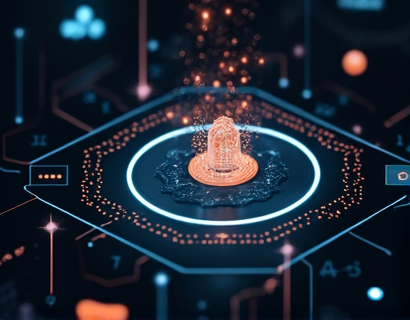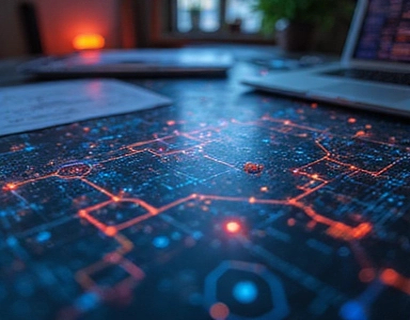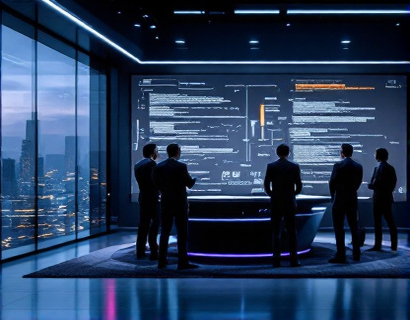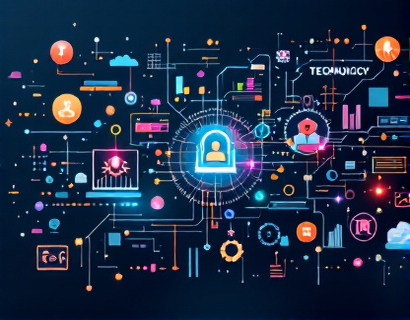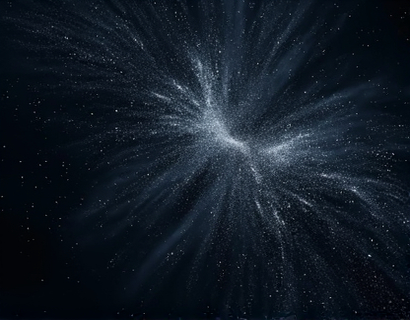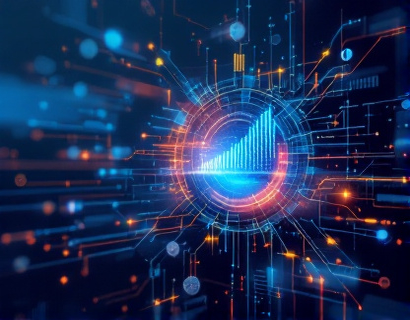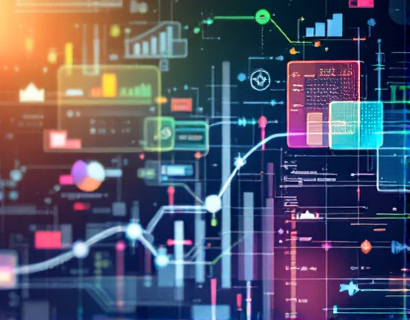AI-Powered Astronomy Learning: A New Era of Personalized Insights and Interactive Exploration
In the ever-evolving field of astronomy, the integration of artificial intelligence (AI) has opened up unprecedented opportunities for students and enthusiasts to explore the cosmos. This article delves into the transformative impact of AI-driven learning platforms, designed to make complex astronomical concepts not only accessible but also engaging and interactive. These advanced tools offer personalized insights and a deeper connection to the universe, revolutionizing the way we learn about the stars.
The Need for Personalized Astronomy Education
The traditional methods of astronomy education, while foundational, often struggle to cater to the diverse learning needs of students and enthusiasts. With the vastness of astronomical knowledge and the rapid pace of discoveries, it becomes challenging to provide a tailored learning experience. AI-powered platforms address this gap by analyzing individual learning patterns and preferences, offering customized content that aligns with each user's unique journey through the cosmos.
Personalized Learning Paths
One of the most significant advantages of AI-driven astronomy learning is the ability to create personalized learning paths. These platforms use machine learning algorithms to assess a user's current knowledge level, learning pace, and areas of interest. Based on this analysis, the system curates a customized curriculum that includes introductory concepts, advanced topics, and interactive modules. This ensures that learners are always challenged yet supported, fostering a deeper and more meaningful understanding of astronomy.
Adaptive Learning Modules
Adaptive learning modules are a cornerstone of personalized astronomy education. These modules dynamically adjust their content and difficulty level in real-time, based on the user's performance and feedback. For instance, if a student is struggling with the concept of black holes, the platform might provide additional explanatory videos, interactive simulations, and quizzes to reinforce the learning. Conversely, for topics mastered quickly, the system can introduce more advanced subjects, keeping the learner engaged and motivated.
Interactive Resources and Simulations
Interactive resources and simulations play a crucial role in making astronomy accessible and engaging. AI-powered platforms offer a range of interactive tools, from 3D models of celestial bodies to virtual telescope experiences. These tools allow users to explore the universe in a hands-on manner, enhancing their understanding through visual and experiential learning. For example, a student can manipulate a 3D model of the solar system, observing the orbits and characteristics of each planet, thereby gaining a more intuitive grasp of celestial mechanics.
Virtual Observatories
Virtual observatories are another innovative feature, providing users with access to real-time astronomical data and historical observations. These platforms integrate AI to analyze and interpret the data, offering insights that might be beyond the scope of traditional telescopes. Users can explore distant galaxies, witness supernovae, and even participate in citizen science projects, contributing to actual astronomical research. This not only deepens their knowledge but also fosters a sense of participation in the scientific community.
Expert Insights and Community Engagement
While personalized learning and interactive resources are essential, the human element of teaching and community engagement cannot be overlooked. AI-driven platforms connect users with experts in the field, providing access to expert insights and mentorship. Through live Q&A sessions, webinars, and discussion forums, learners can ask questions, share discoveries, and engage in meaningful discussions with professionals and peers.
Expert Q&A Sessions
Expert Q&A sessions are a valuable feature, offering users the opportunity to interact directly with leading astronomers and researchers. These sessions cover a wide range of topics, from the latest discoveries in exoplanets to the mysteries of dark matter. AI facilitates these sessions by matching users with experts whose areas of expertise align with their interests, ensuring a rich and relevant learning experience. Recordings of these sessions are often available for later review, allowing users to revisit and deepen their understanding.
Community Forums
Community forums are another vital component, fostering a sense of belonging and collaboration among astronomy enthusiasts. These platforms feature discussion boards, group projects, and collaborative challenges. Users can share their projects, seek feedback, and collaborate on research papers or observational studies. The AI moderates these forums, ensuring a respectful and informative environment, and can even suggest topics of interest based on the community's discussions.
Enhanced Understanding Through AI Analytics
AI analytics play a crucial role in enhancing the learning experience by providing detailed insights into a user's progress and understanding. These analytics tools track performance across various modules, identifying strengths and areas for improvement. For instance, if a student consistently struggles with astrophotography, the platform can recommend specific tutorials, practice exercises, and resources to help master the skill. This data-driven approach ensures that learning is not only personalized but also highly effective.
Progress Tracking and Certification
Progress tracking is an essential feature, allowing users to monitor their journey through the cosmos. AI-powered dashboards provide a visual representation of completed modules, mastered concepts, and areas needing attention. Additionally, these platforms offer certification programs, recognizing users' achievements and providing a tangible testament to their learning. Certifications can be shared on academic or professional profiles, enhancing credibility and opening doors to new opportunities in the field of astronomy.
Accessibility and Inclusivity
The beauty of AI-driven astronomy learning lies in its accessibility and inclusivity. These platforms are designed to be user-friendly, accommodating learners of all backgrounds and skill levels. Interactive tutorials and guided tours help newcomers get started, while advanced features cater to more experienced users. The AI ensures that content is presented in multiple formats, including text, audio, and video, catering to different learning preferences. This inclusivity makes astronomy education accessible to a broader audience, breaking down barriers and fostering a diverse community of learners.
Multilingual Support
Multilingual support is another key aspect, making astronomy education available to non-English speakers. AI-powered translation tools translate content into various languages, ensuring that the wonders of the universe are accessible to learners worldwide. This global reach not only promotes cultural exchange but also encourages international collaboration in astronomical research.
Future Prospects and Innovations
As AI technology continues to advance, the potential for innovation in astronomy education is vast. Future developments may include more sophisticated AI agents that can engage in natural language conversations, providing real-time explanations and answering complex questions. Augmented reality (AR) and virtual reality (VR) integrations could further immerse users in the cosmos, allowing them to explore celestial bodies in a fully interactive 3D environment. These advancements will continue to push the boundaries of what is possible in astronomy education, making the learning experience more engaging, personalized, and impactful.
Conclusion
AI-powered astronomy learning platforms are revolutionizing the way we explore and understand the universe. By offering personalized insights, interactive resources, expert insights, and a vibrant community, these platforms make astronomy accessible and engaging for everyone. As technology evolves, the future of astronomy education looks brighter, promising a deeper connection to the cosmos and a new generation of astronomy enthusiasts and professionals. Embracing these innovations is not just about learning; it's about experiencing the universe in a way that was once unimaginable.






